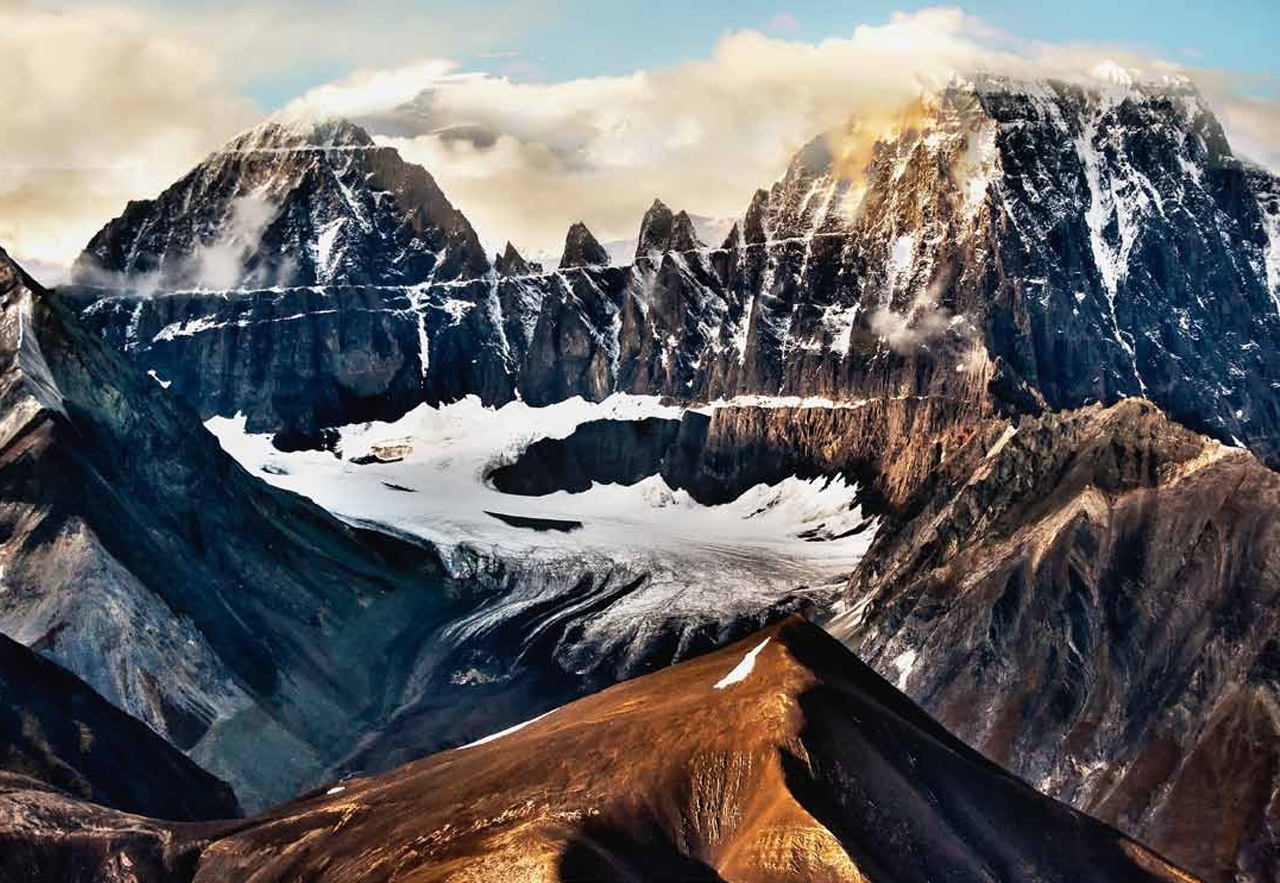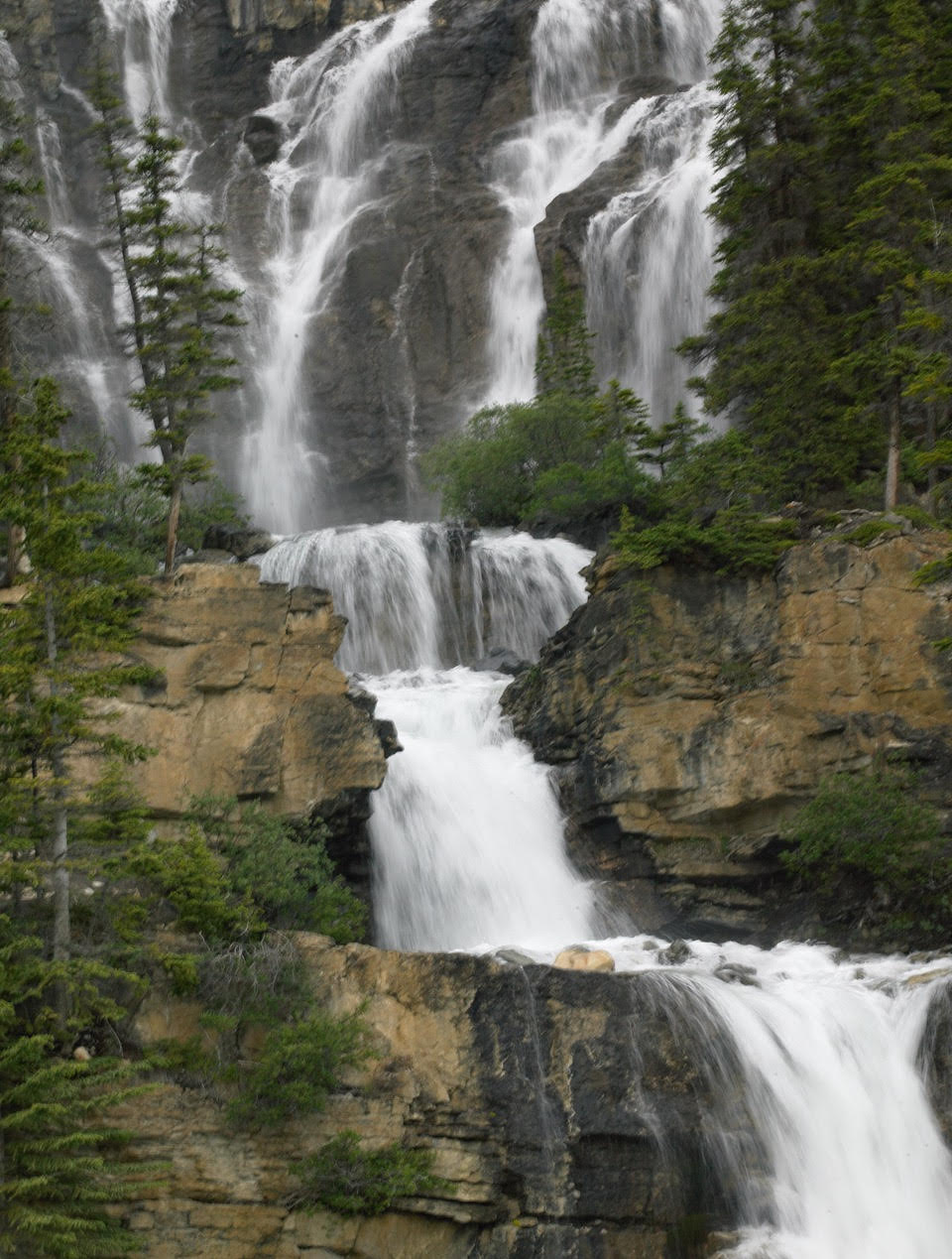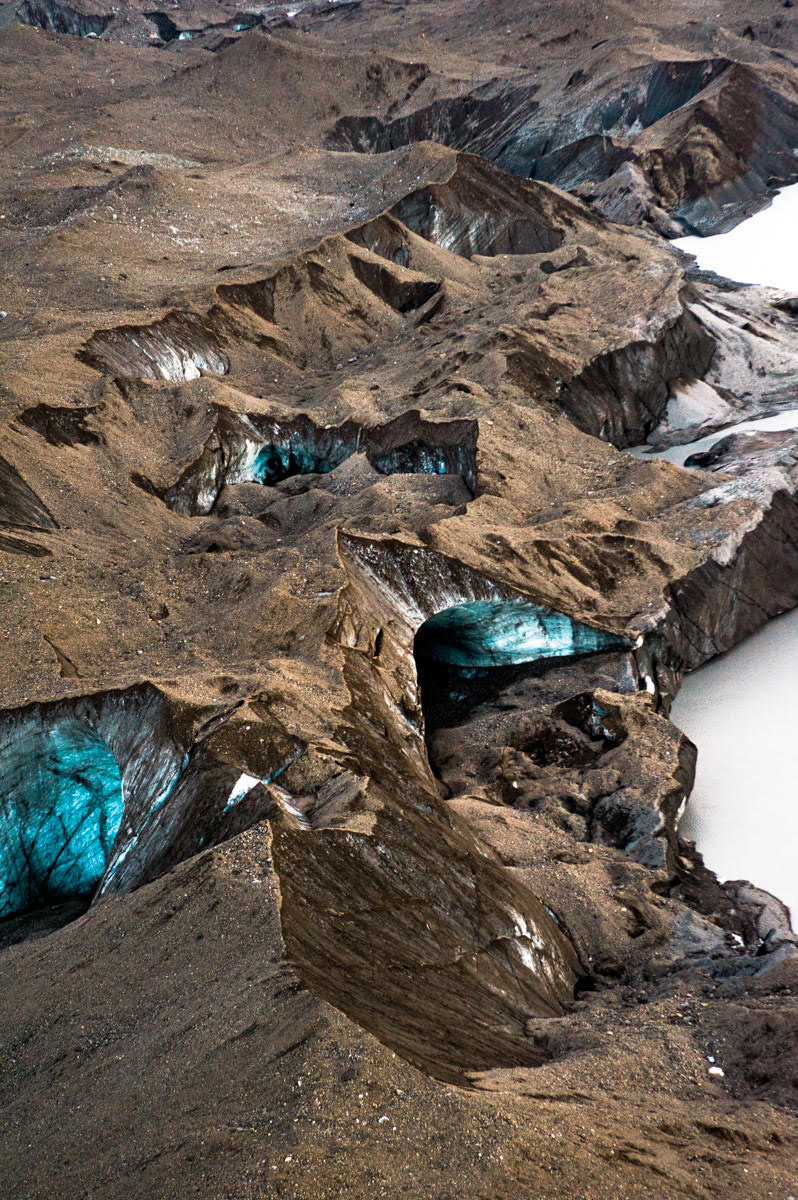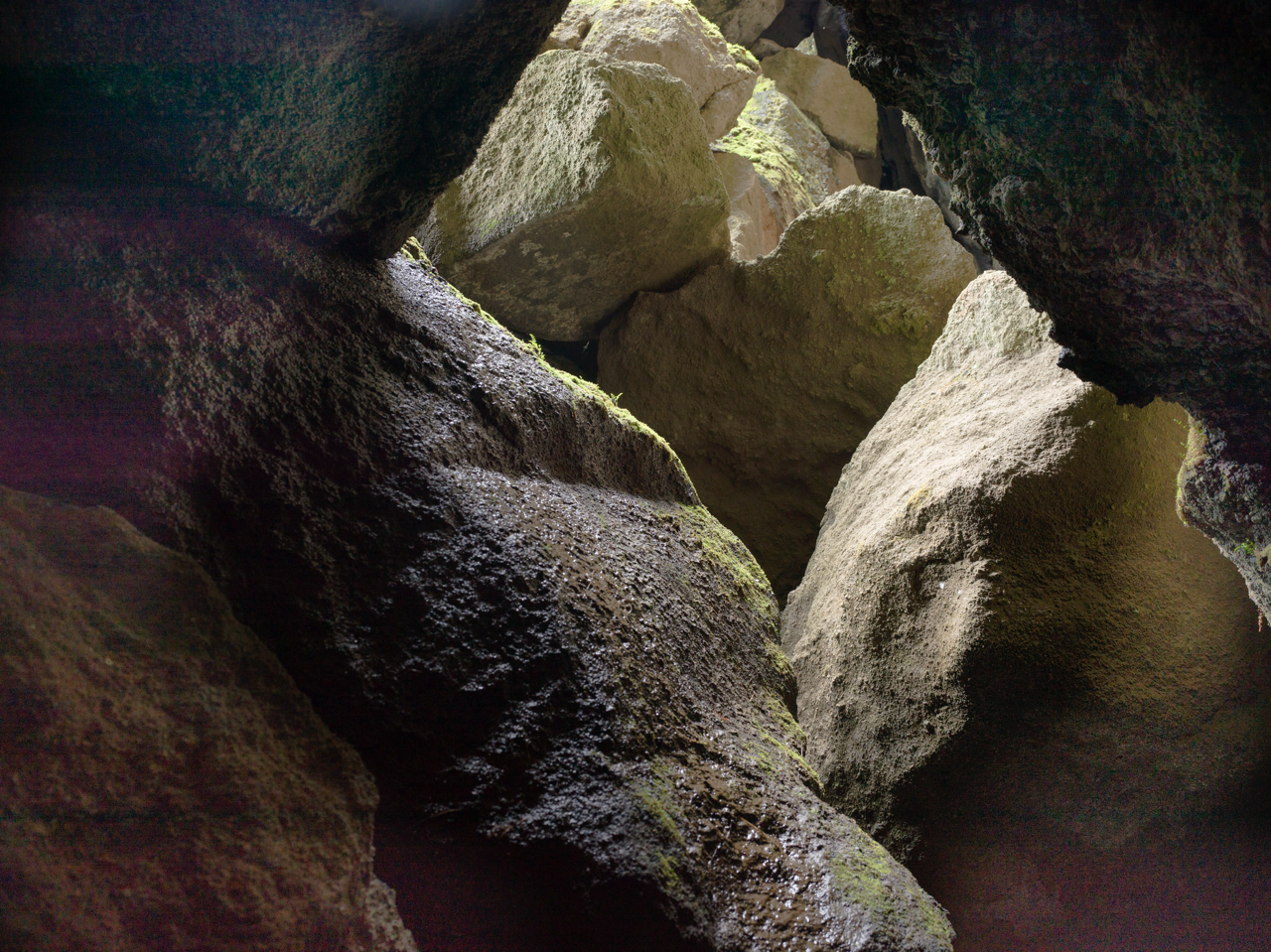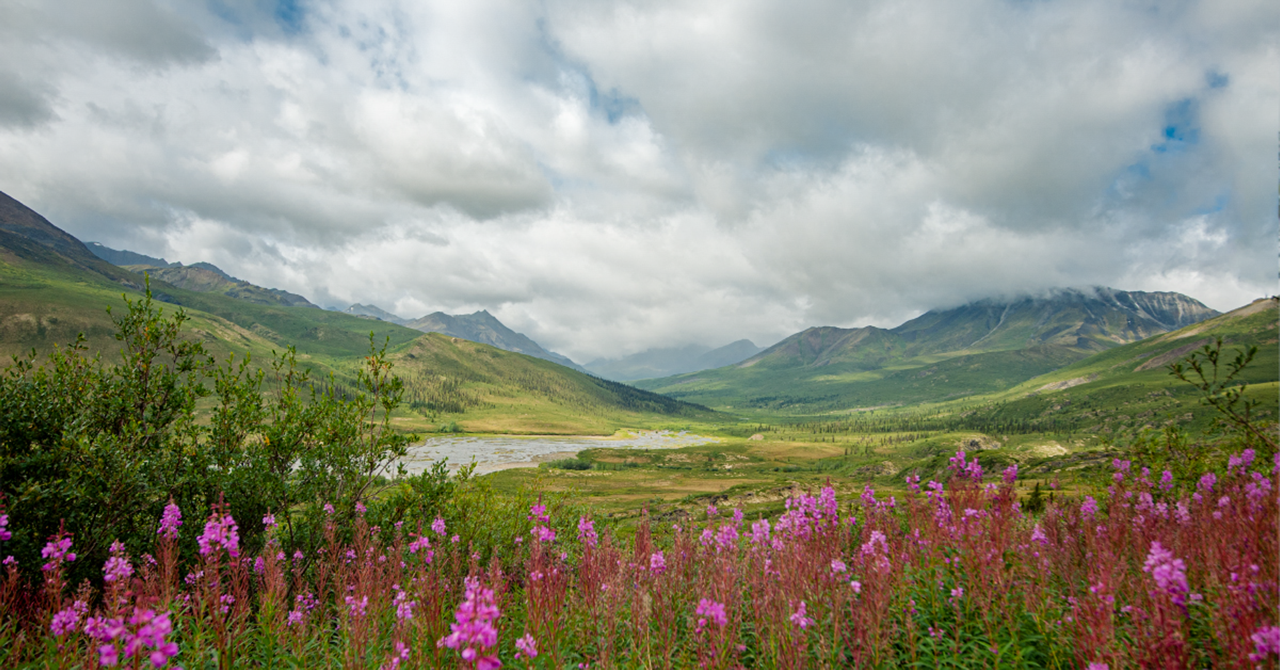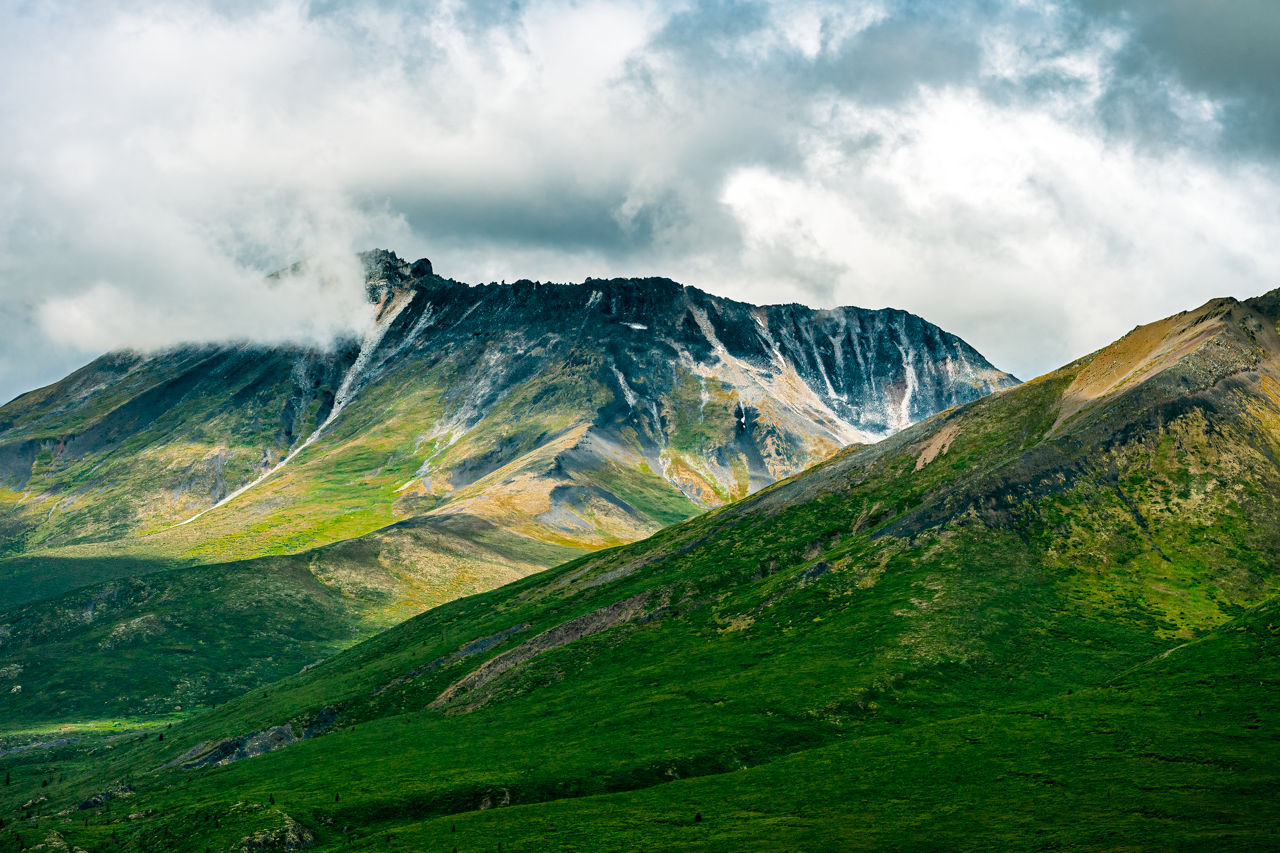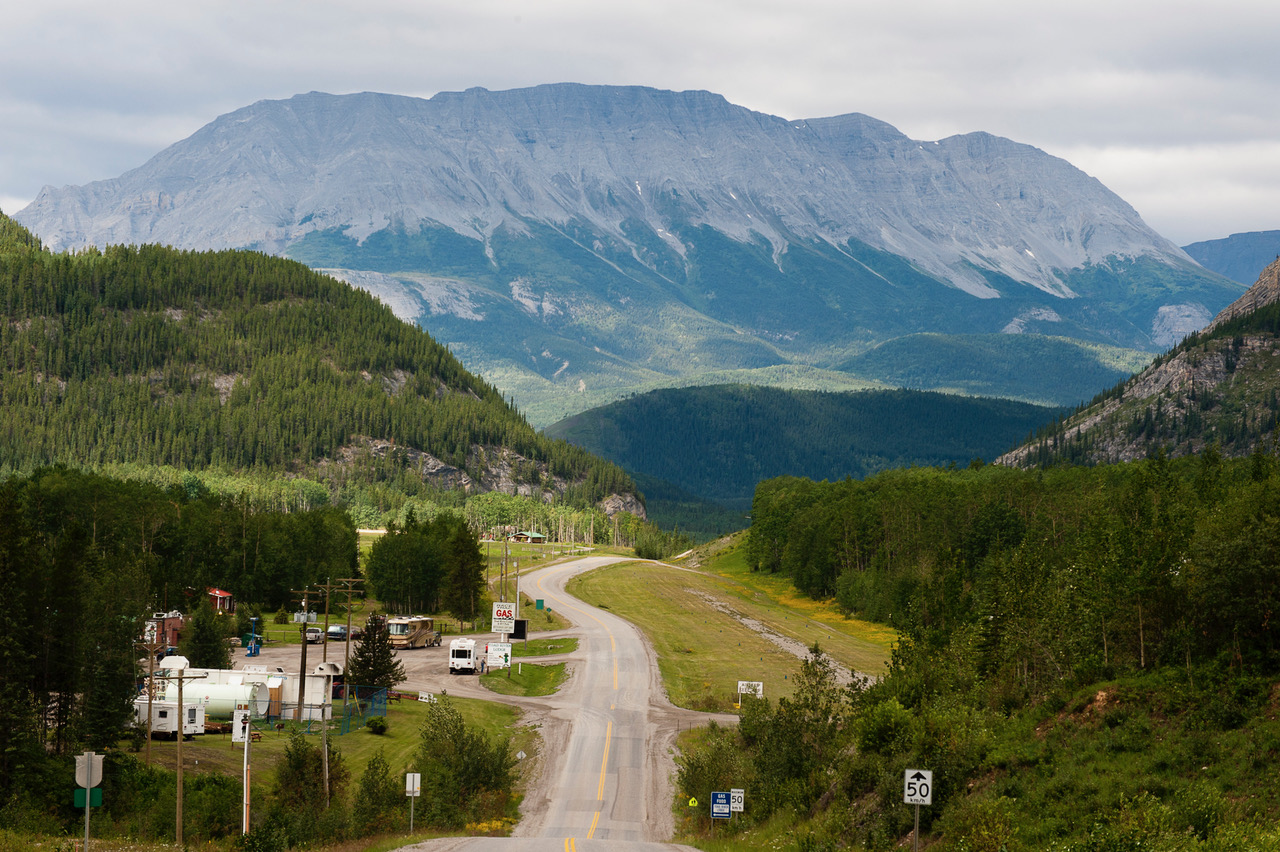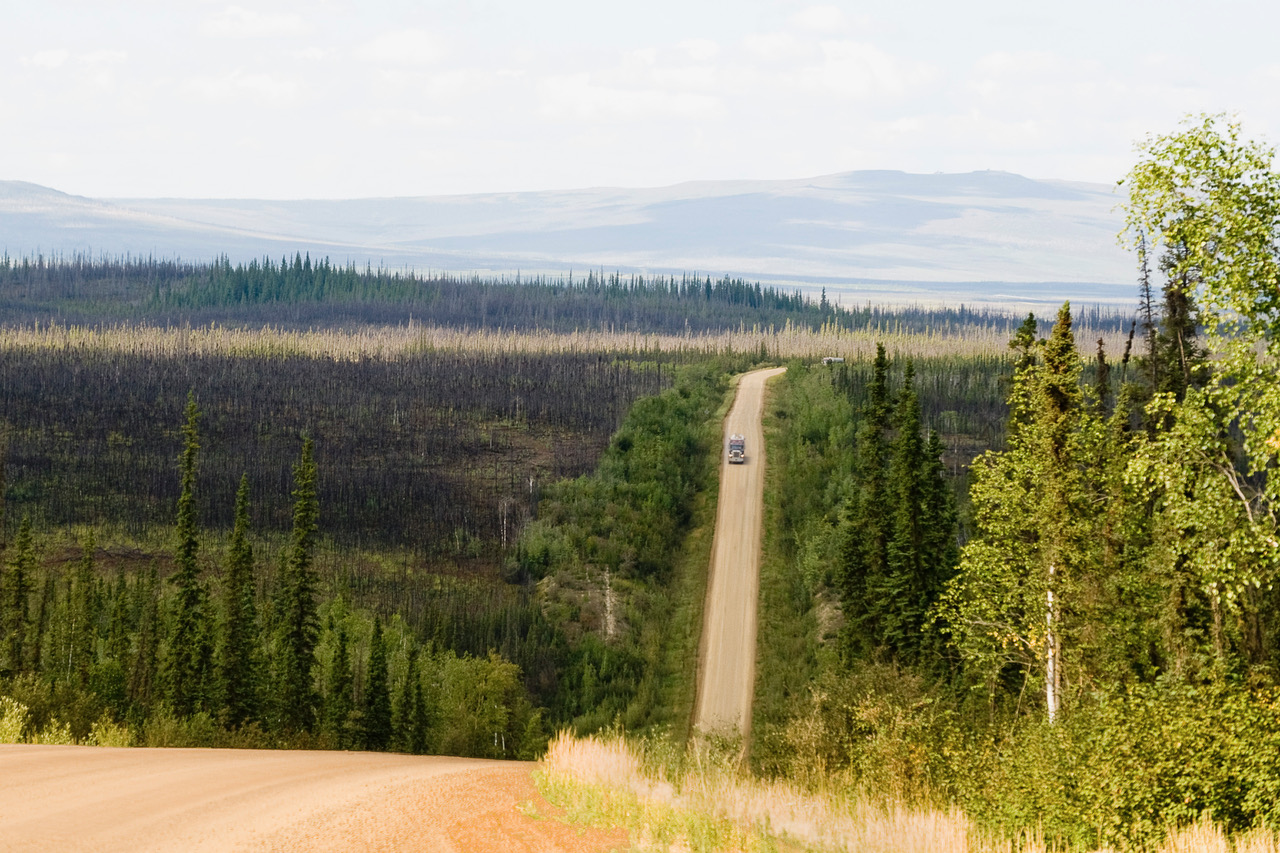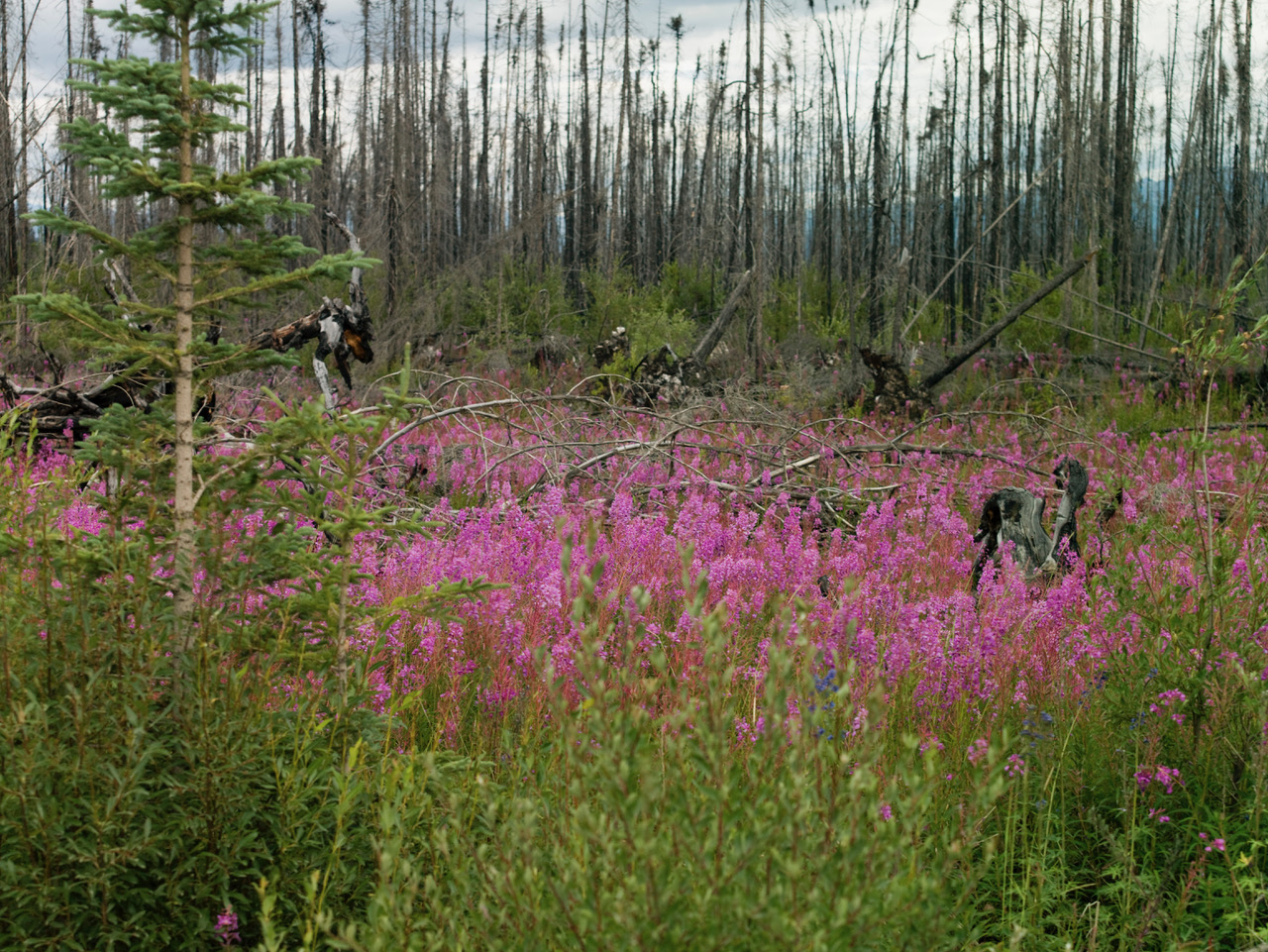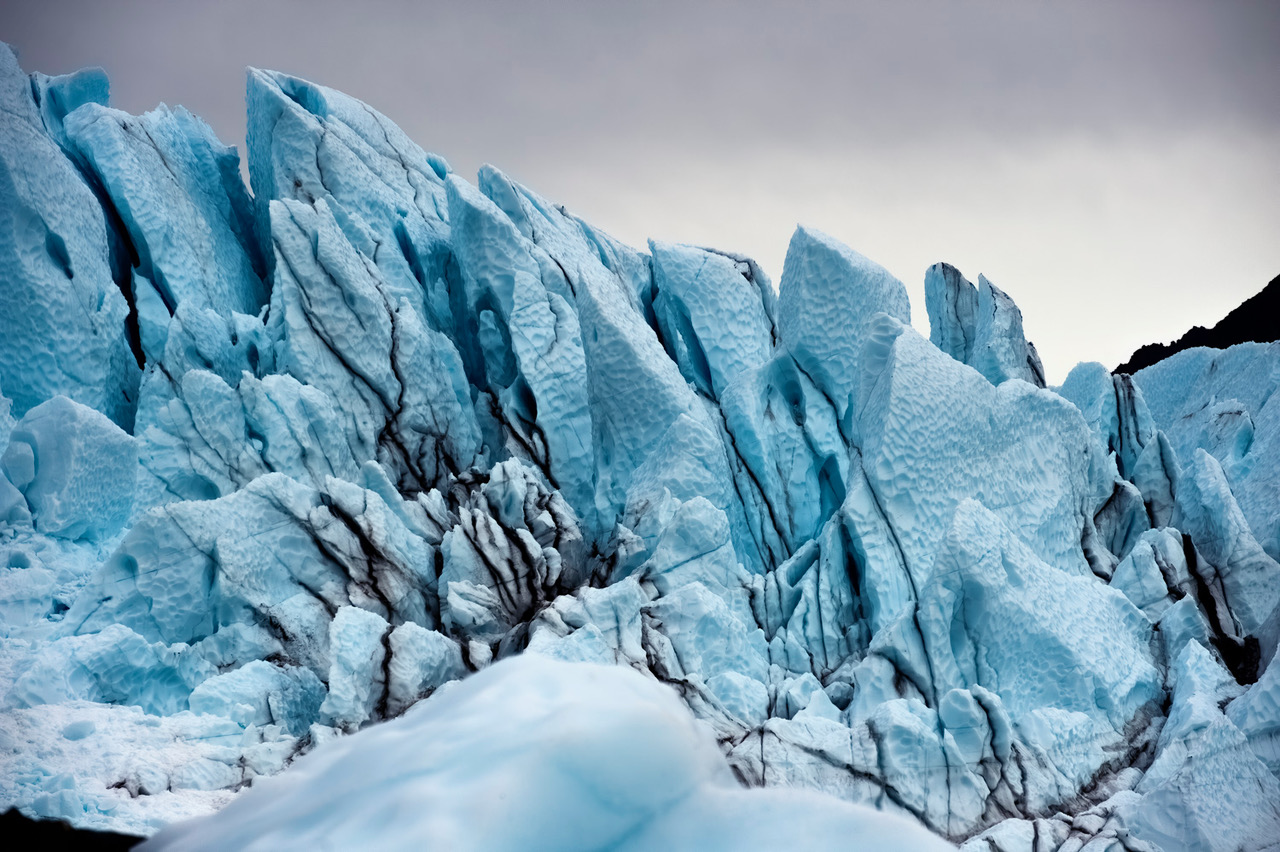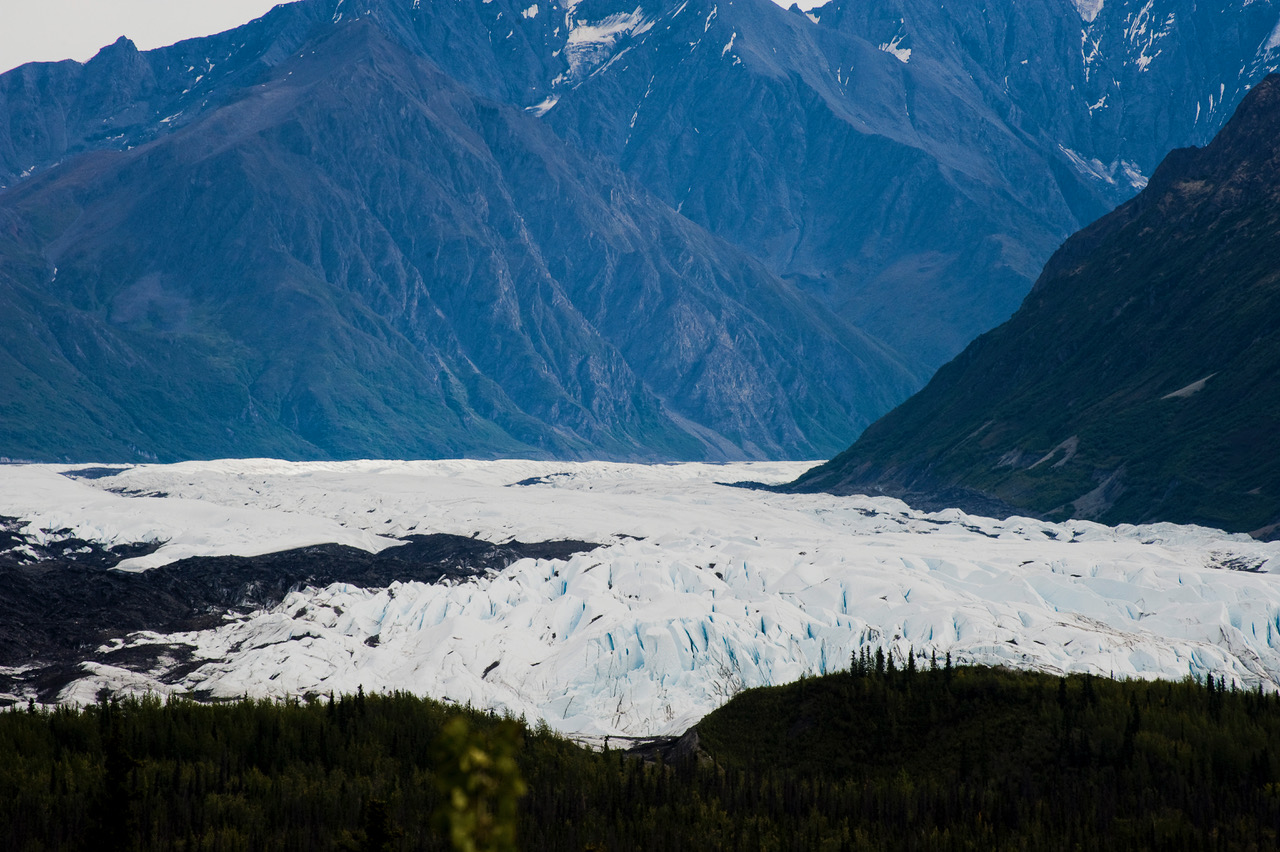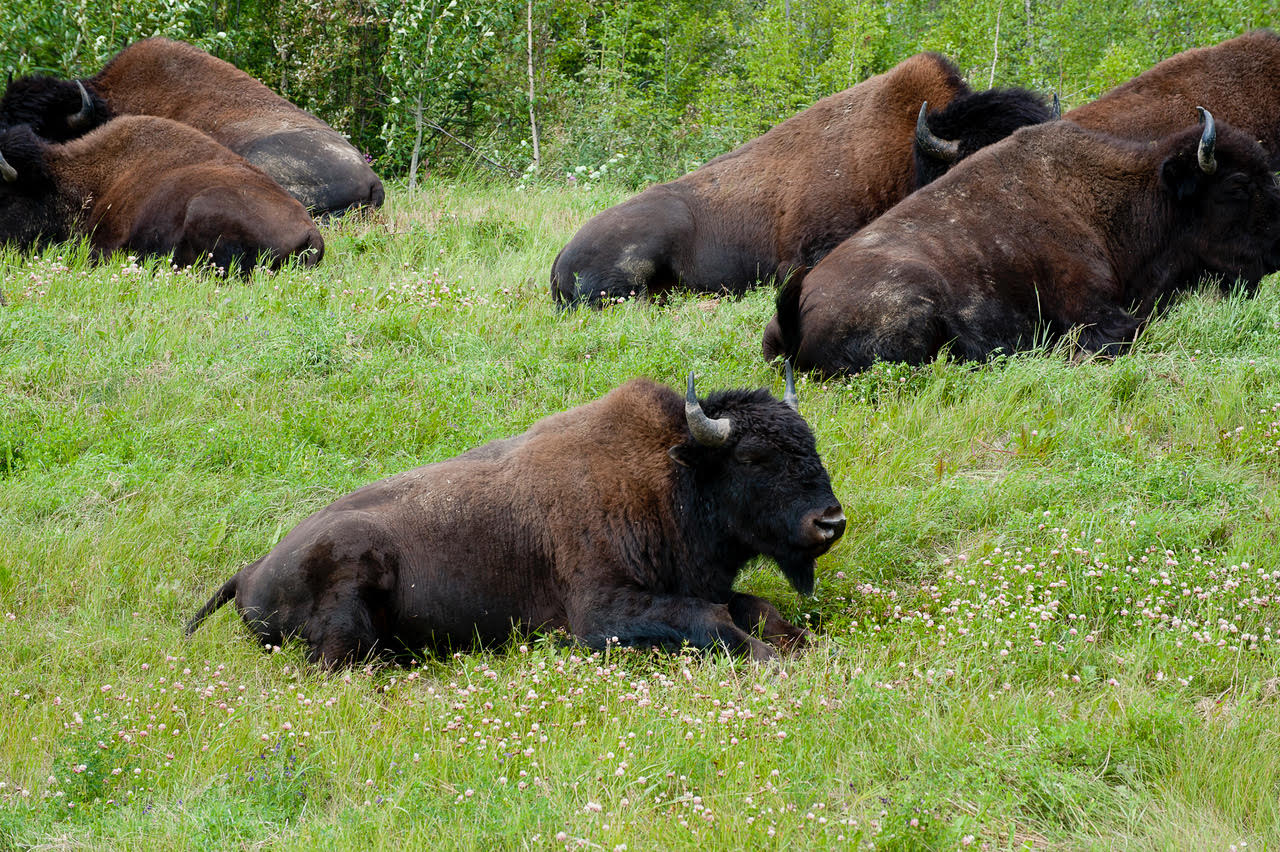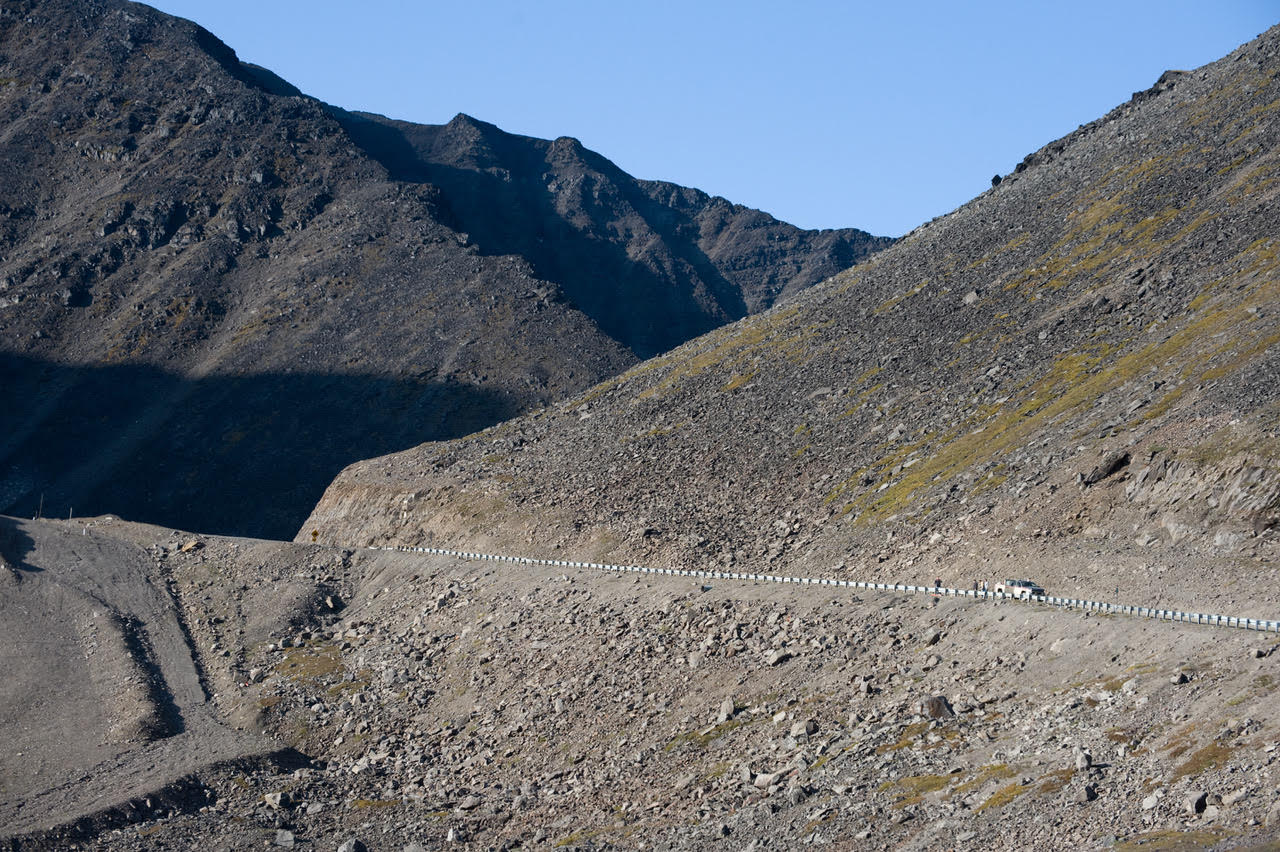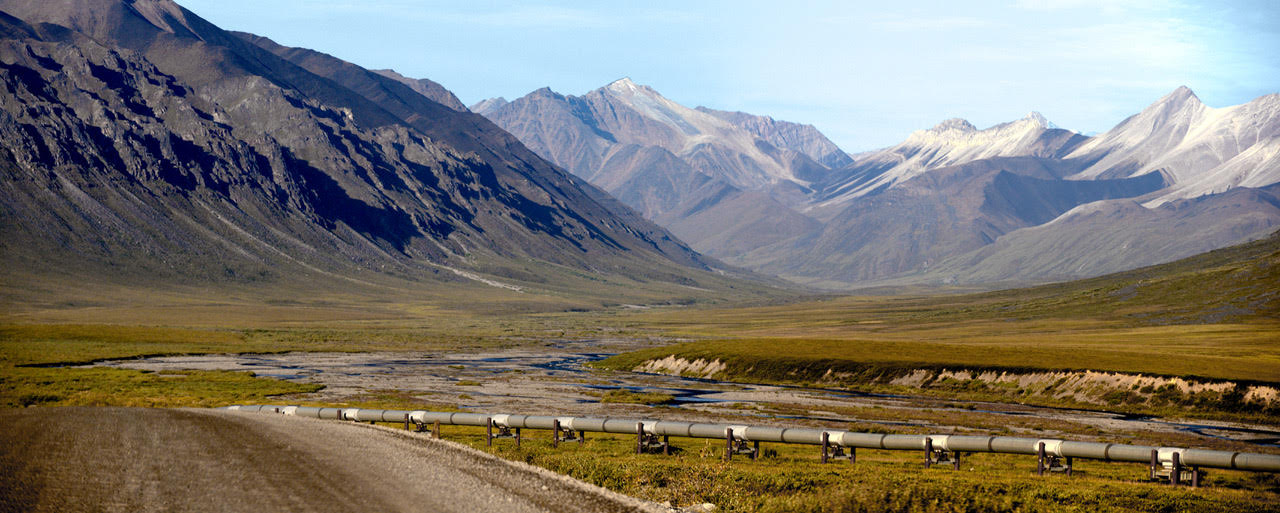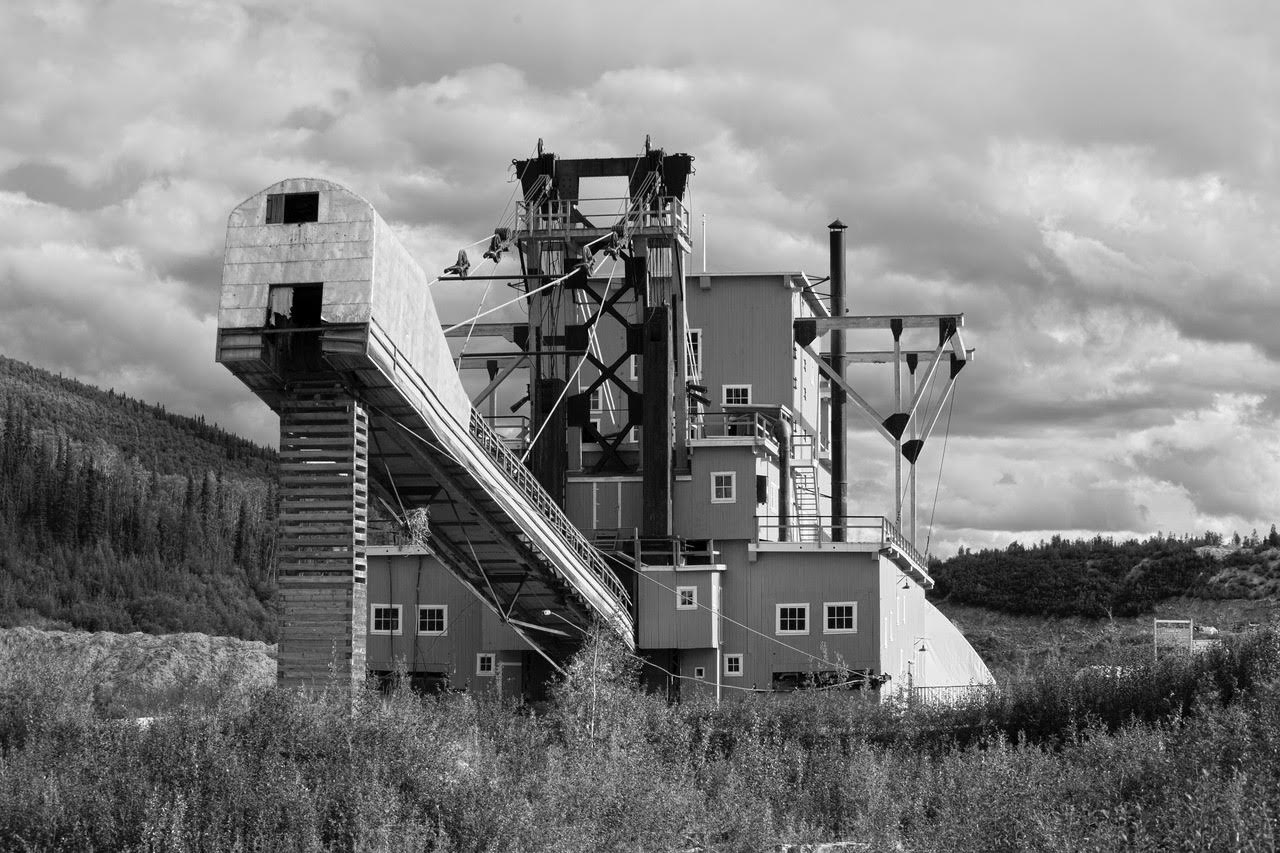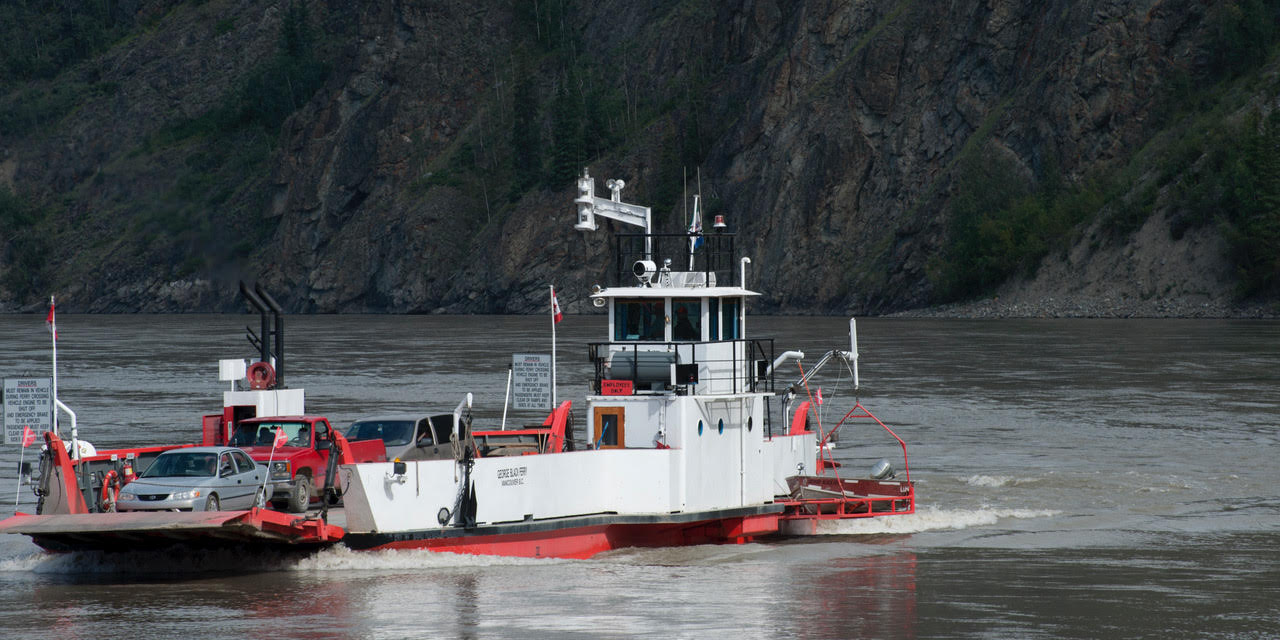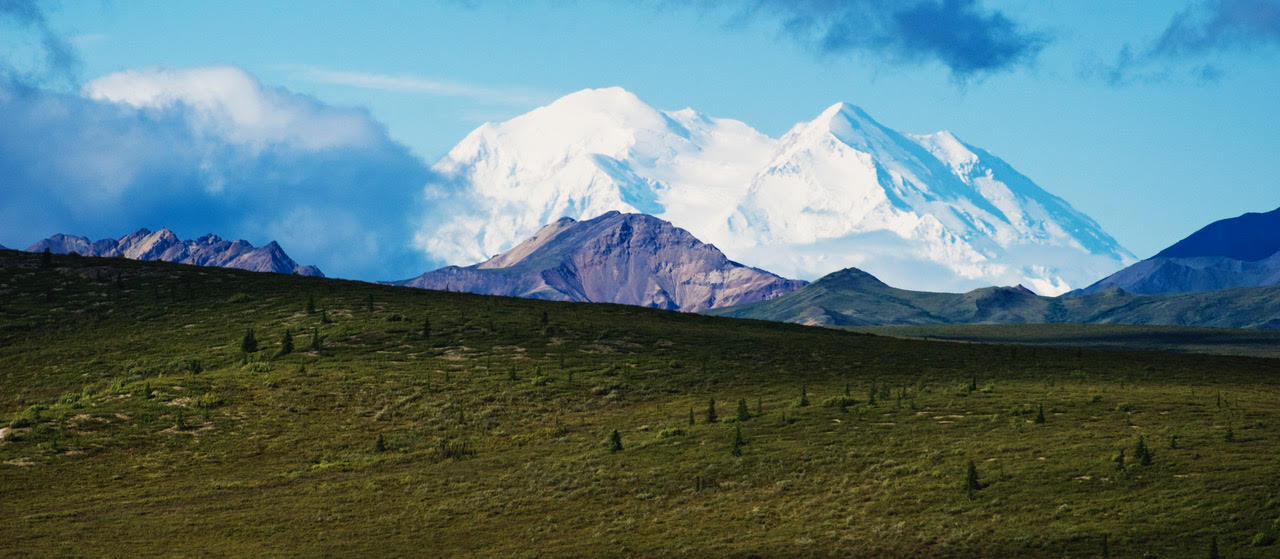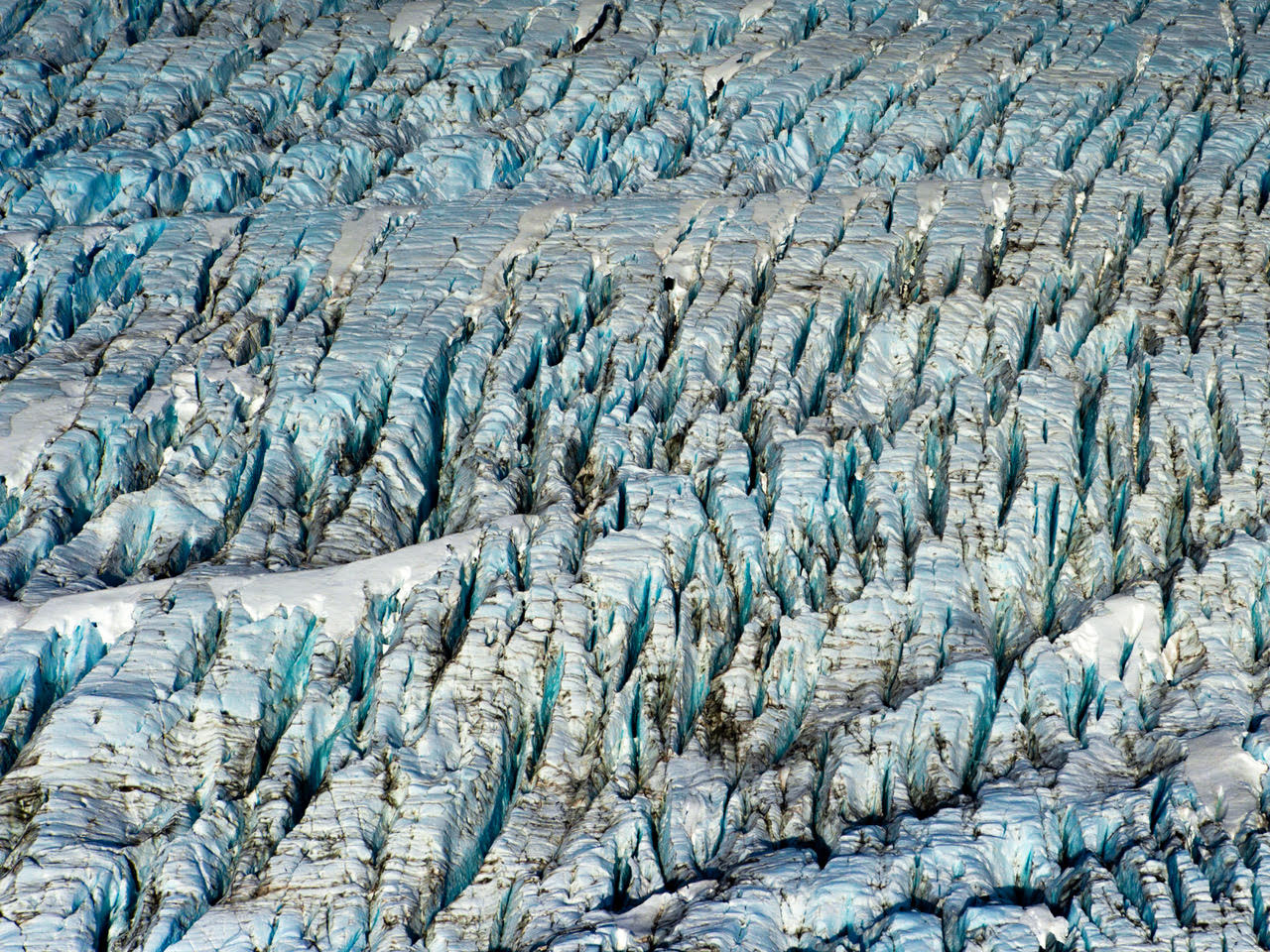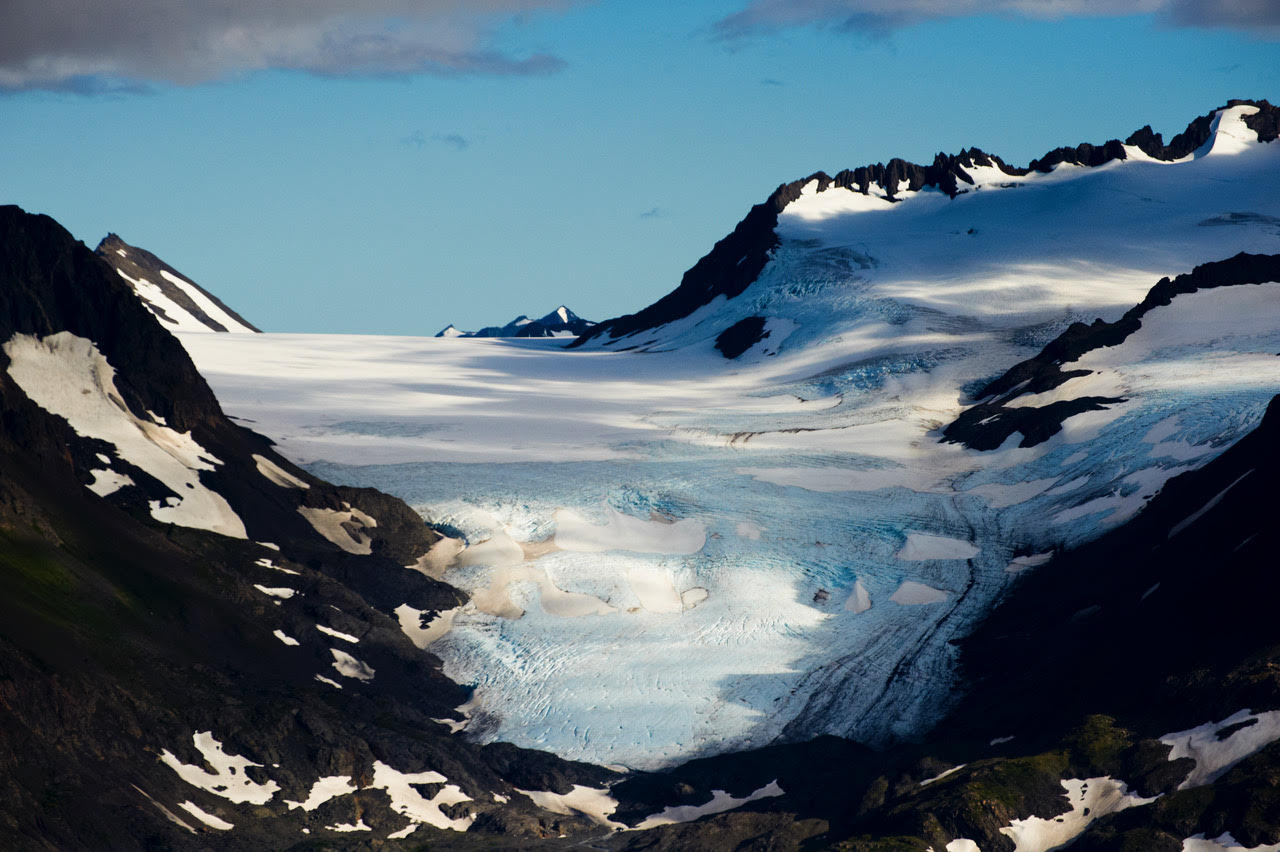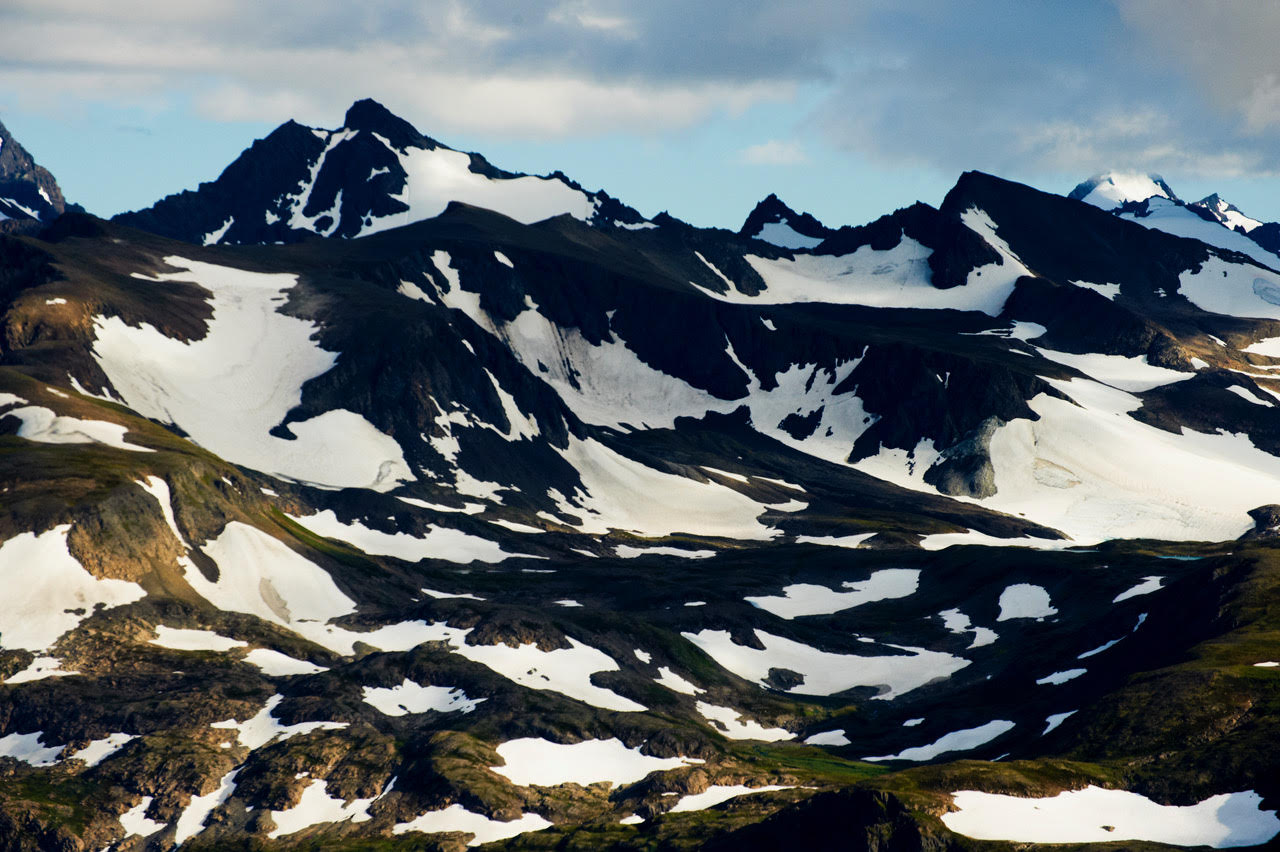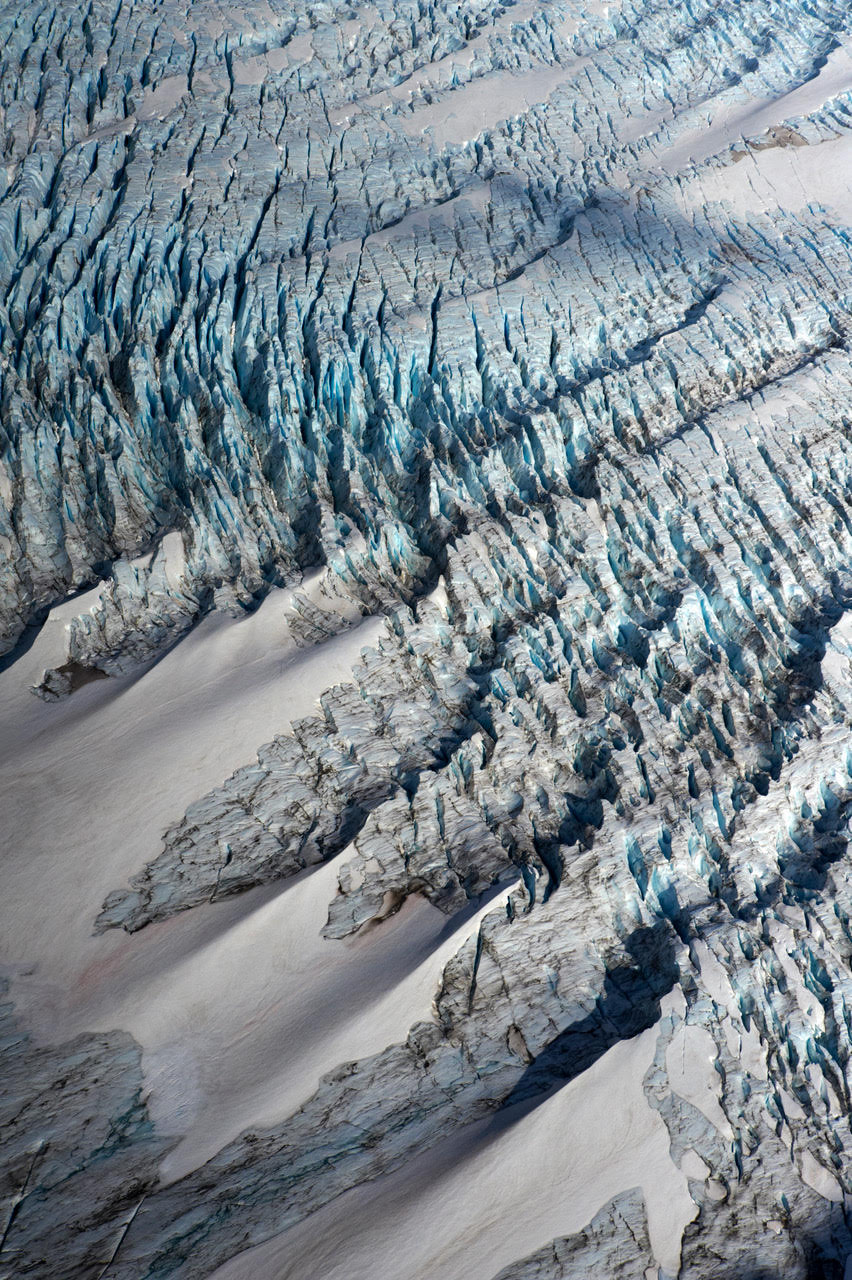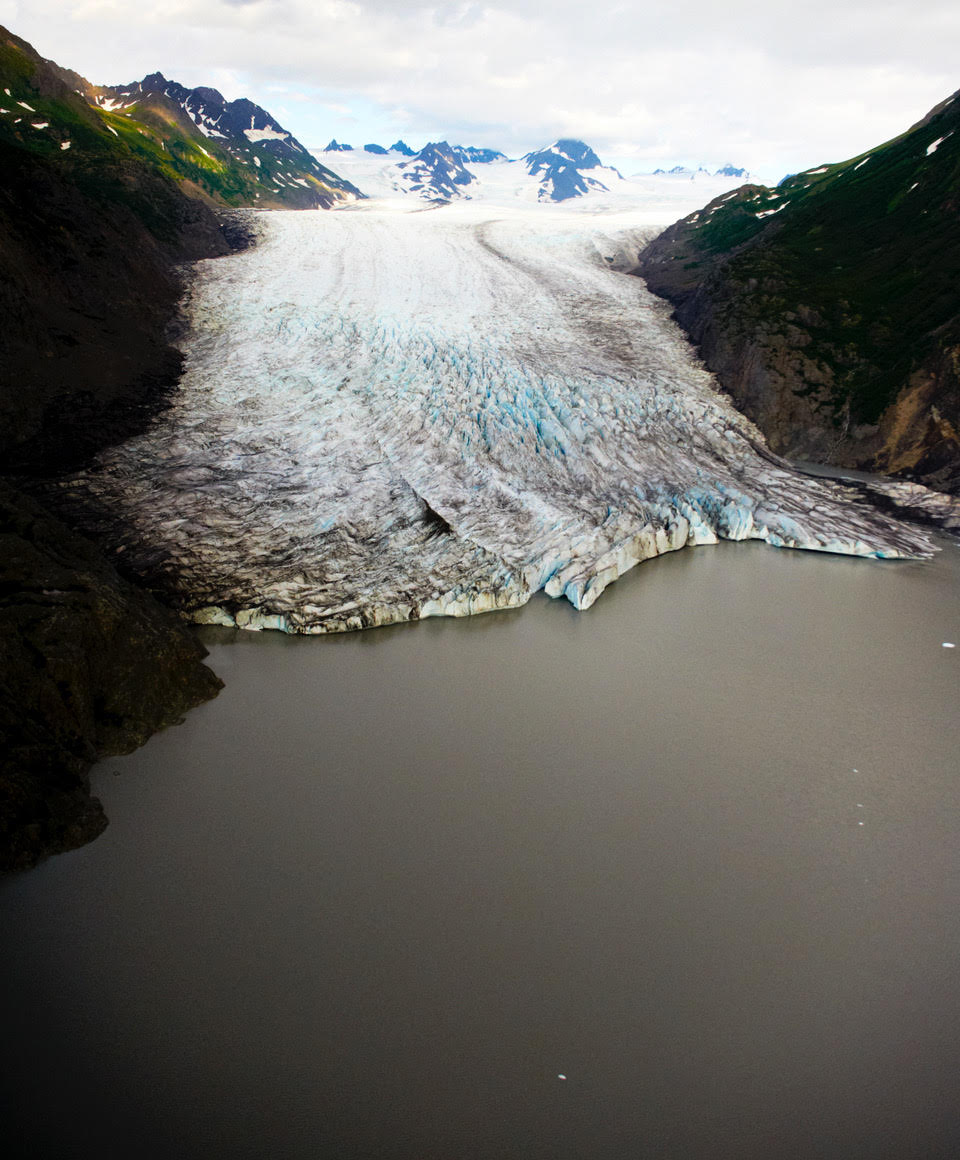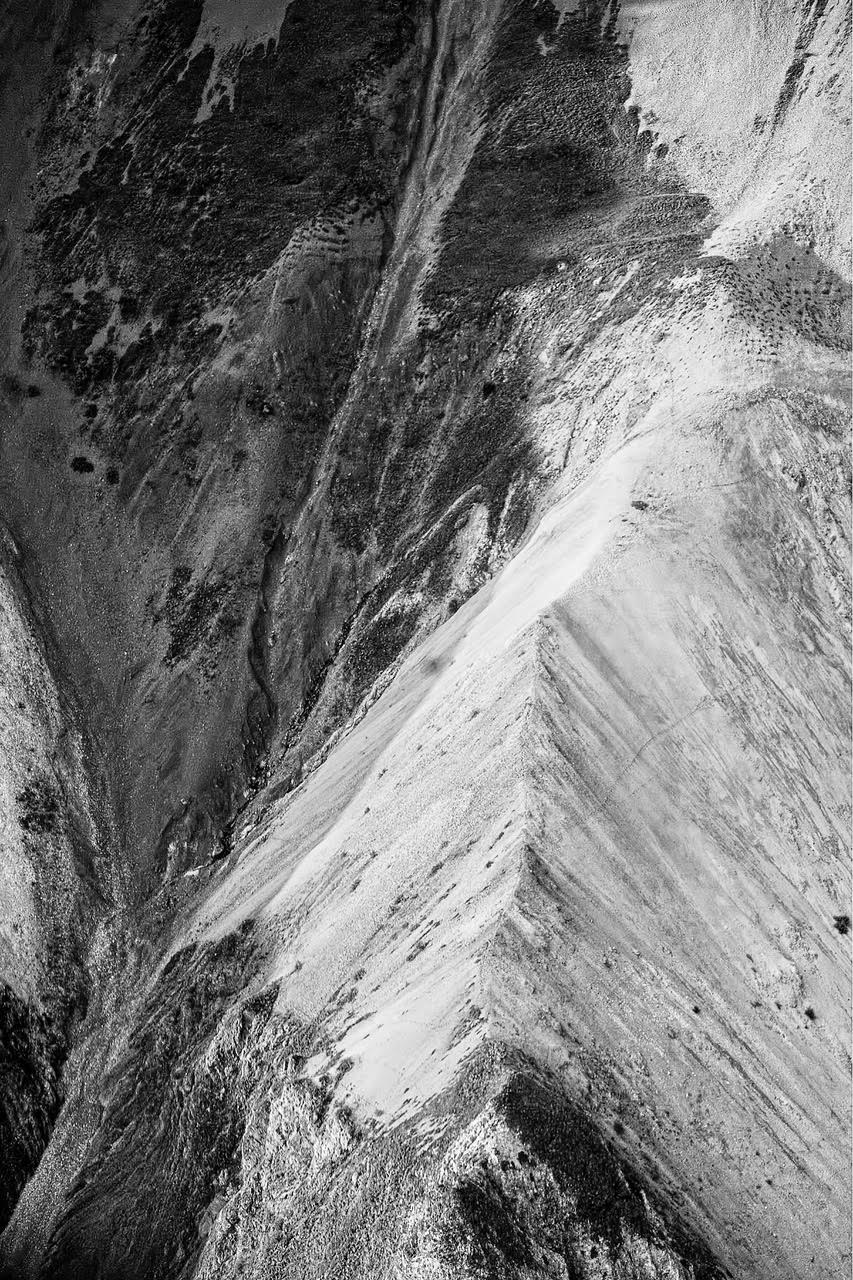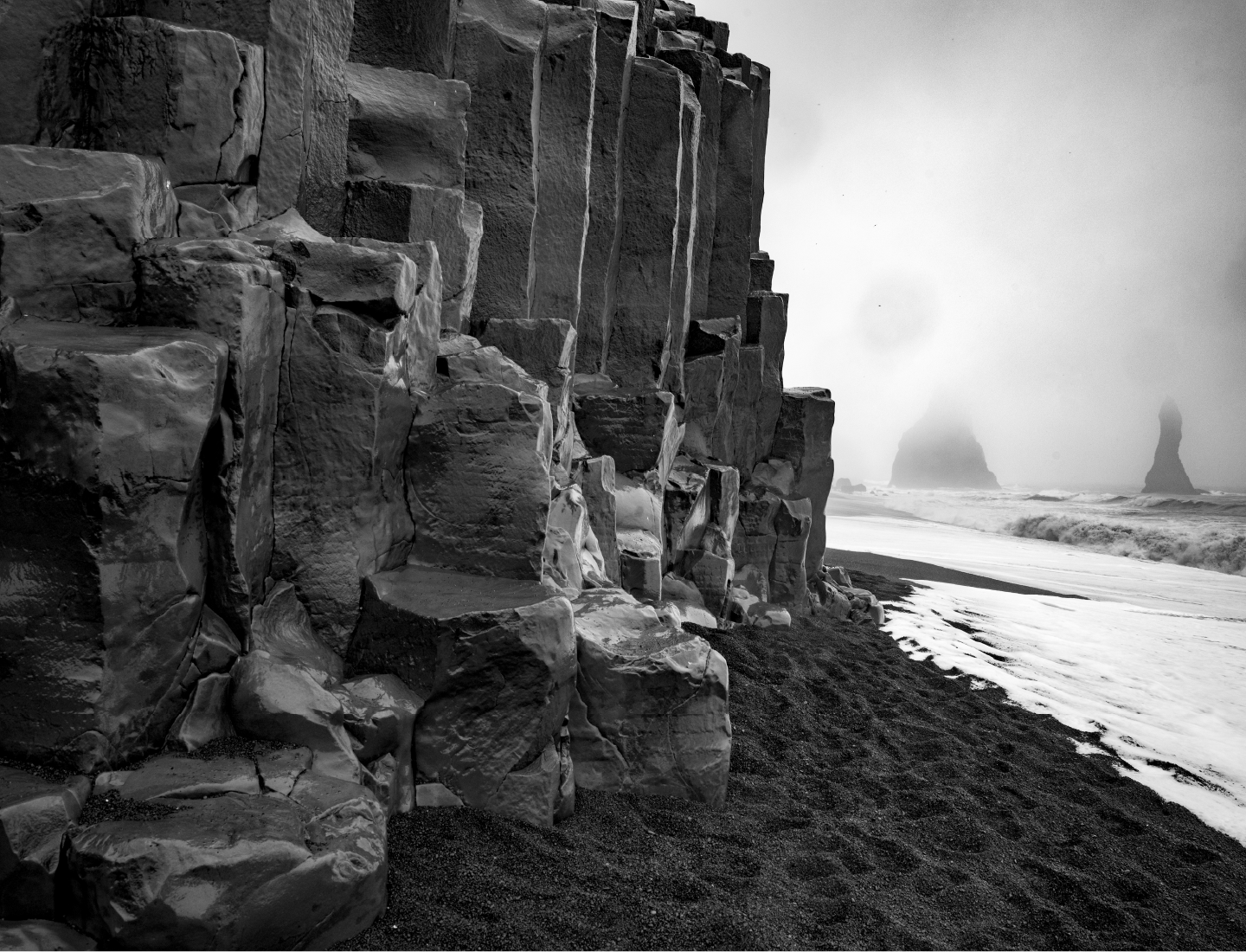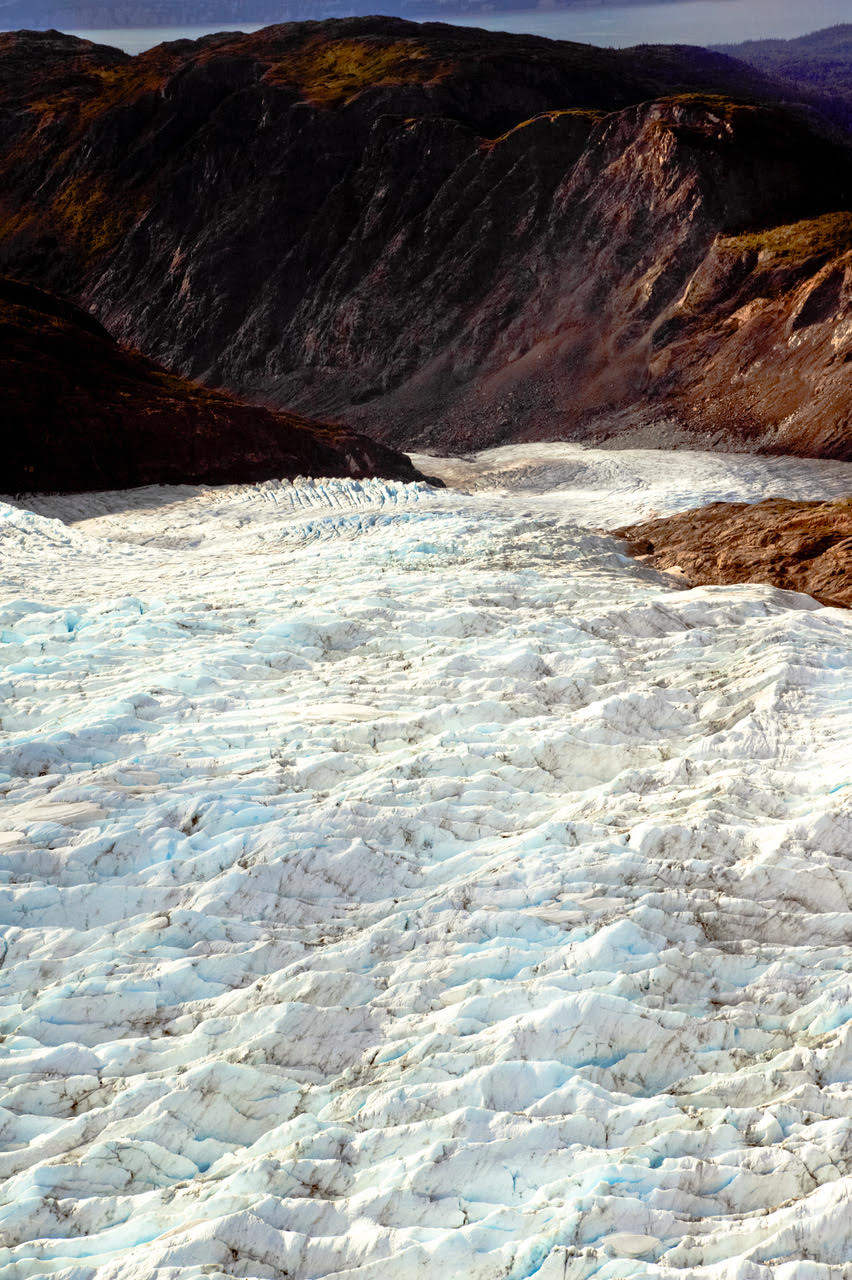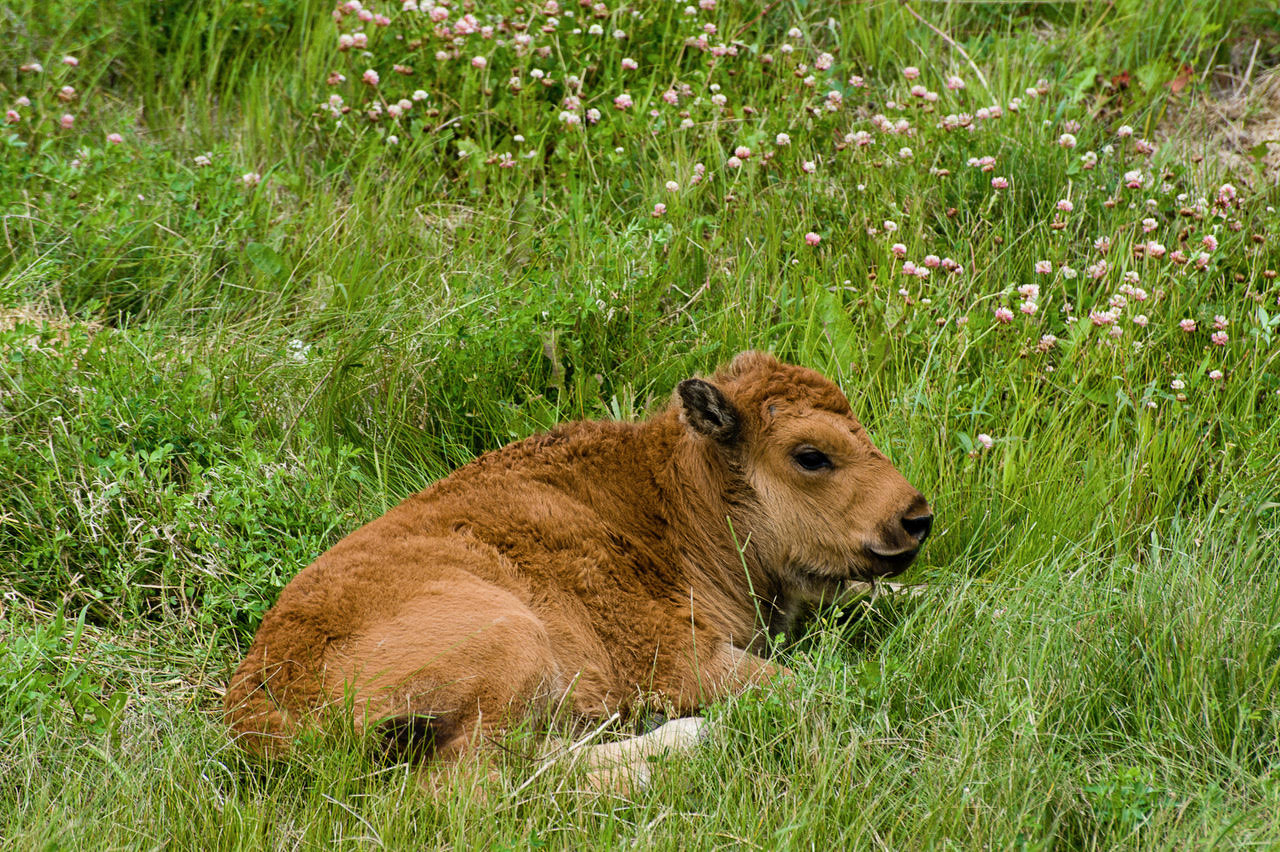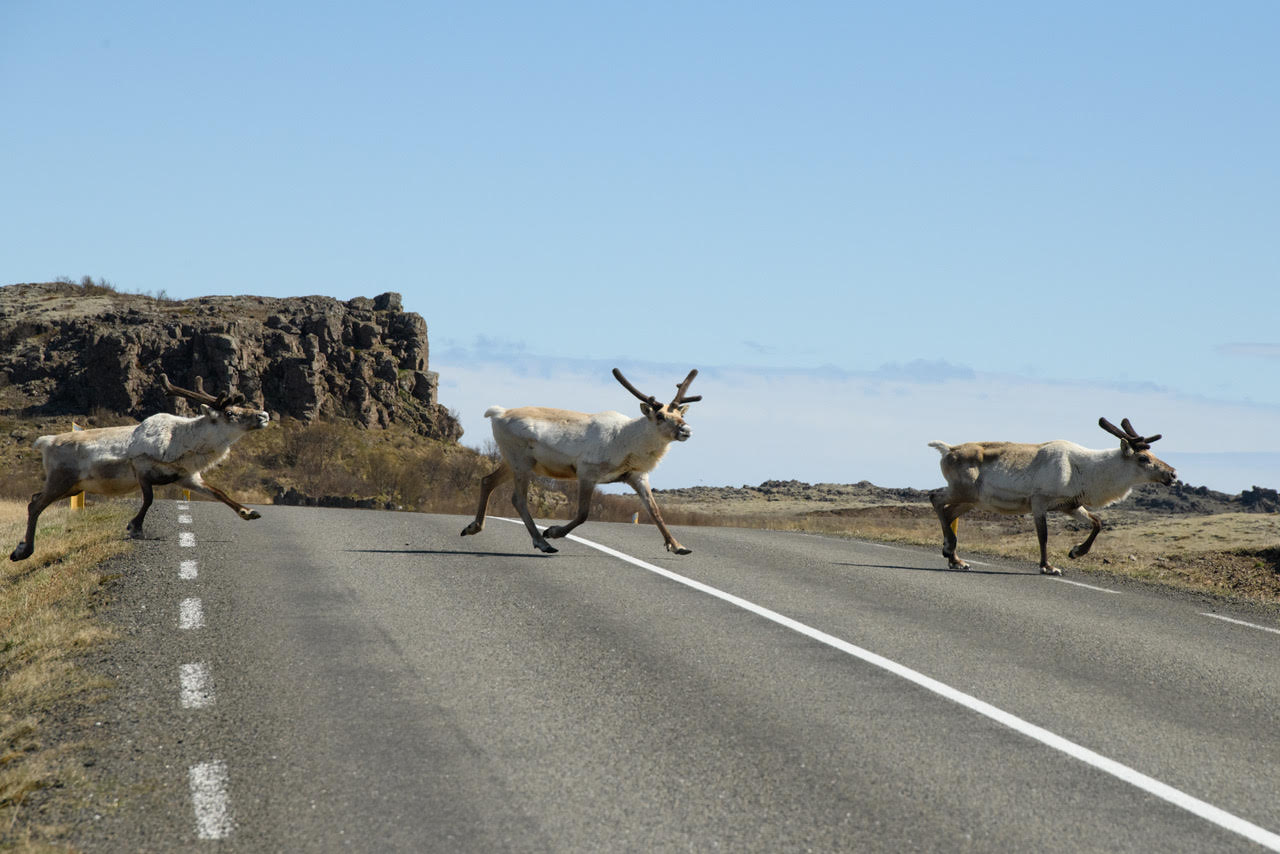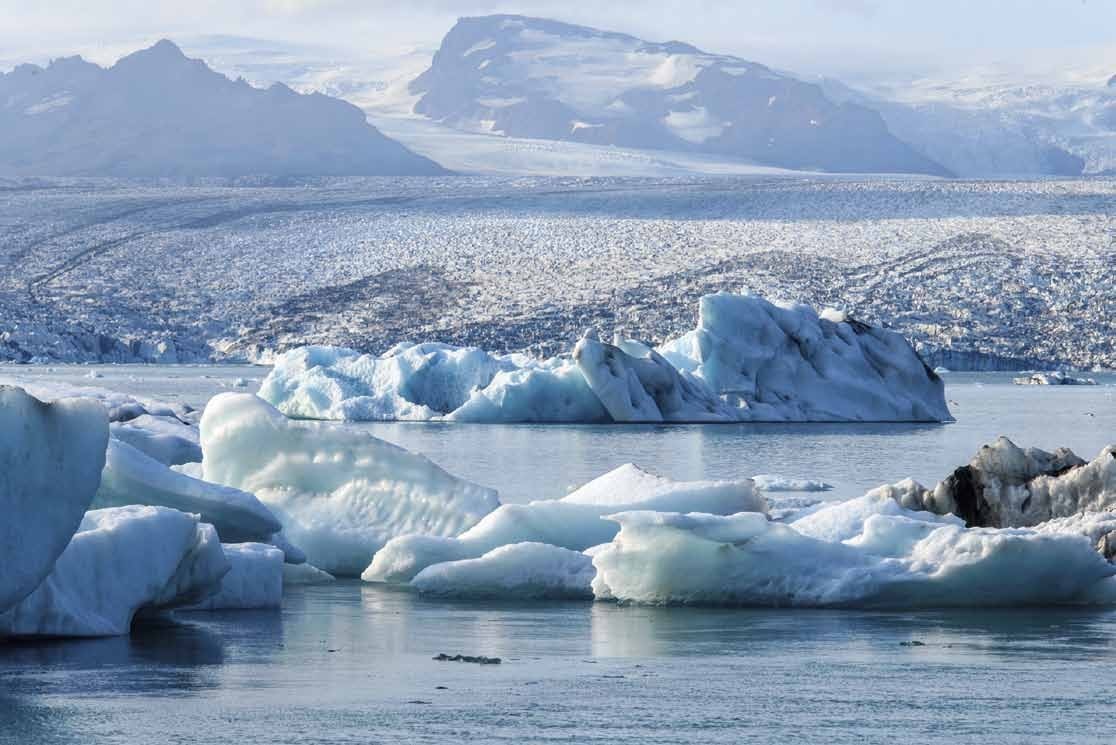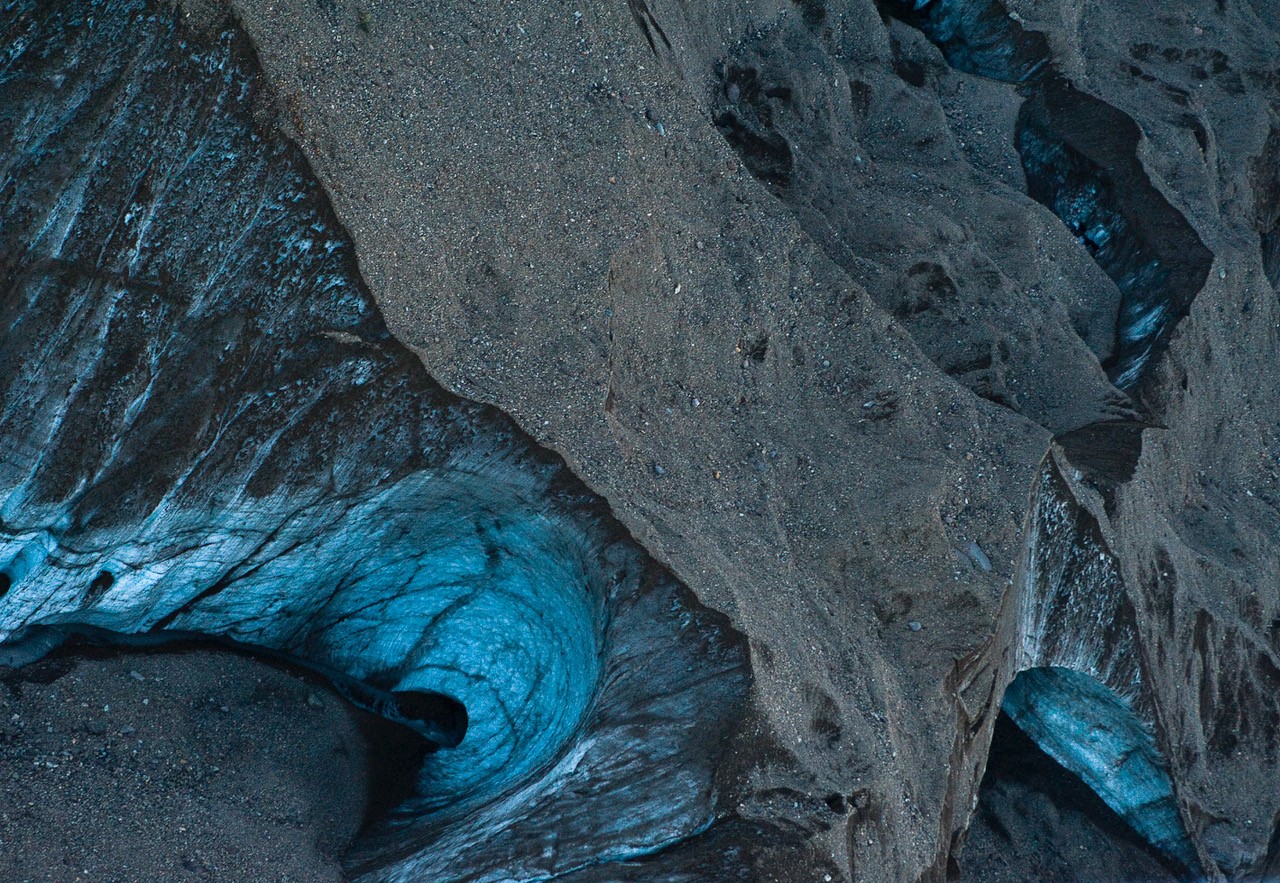The North (Yukon, Alaska, Iceland)
A photographic journey through the remote majesty of Yukon, Alaska, and Iceland—where light, land, and solitude converge.
Visions of the North
Journey with Eric Hatch through the majestic Northern spaces of the Yukon, Alaska and Iceland.
Look at a wonderful gallery of changing climate art in the areas of professional fine art photography. It is a gallery of some of the most delicate arctic and subarctic areas, where the melting glaciers and changing ecosystems provide a very interesting story about a planet in transition. As artists concerned with climate change, we use the art on climate to inform and motivate.
The work by Eric Hatch is more than a recording of landscapes and wildlife photography, it is a very deep visual conversation about inspired art concerning global warming. Both images are a statement of the climate change urgency, with each demonstrating the elements of beauty and creativity that merge aesthetic beauty with strong pieces of evidence of environmental change.
It is a valuable piece of work of climate change photography of an exhibit quality that can be used as a great instrument of advocacy as it moves the effects of global warming into a more defined and clearer picture. The melting glaciers that are perfectly captured in stunning detail do not only present a visual document but also depict an artistic commentary to one of the most crucial crises that the planet has ever had.
Via this artwork concerning climate change and global warming, the viewers are welcomed to observe nature in its strength and frailty. This series is one of the models of how climate change art can express the intricate ecological facts in a highly expressive and emotional manner.
Hatch Photo Artistry has made a commendable contribution to the ever-increasing trend of artists talking about climate change through this gallery to create a sense of understanding and empathy across the globe by means of their powerful images.
